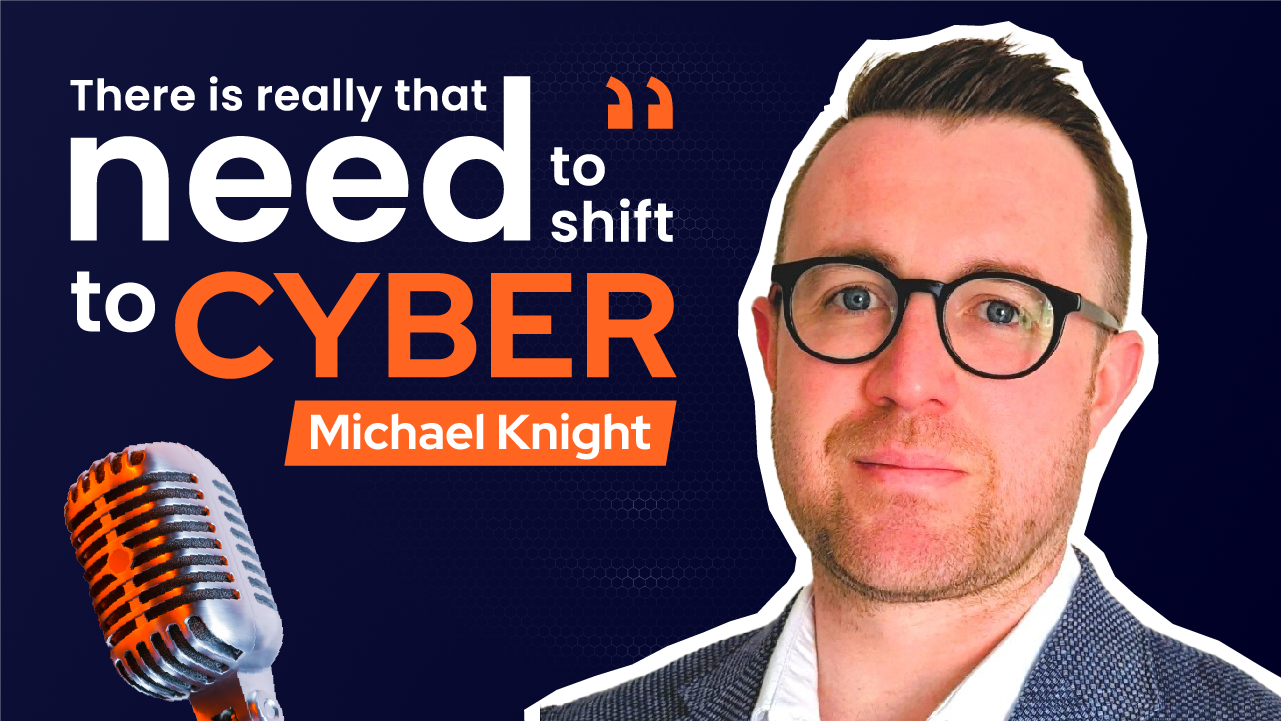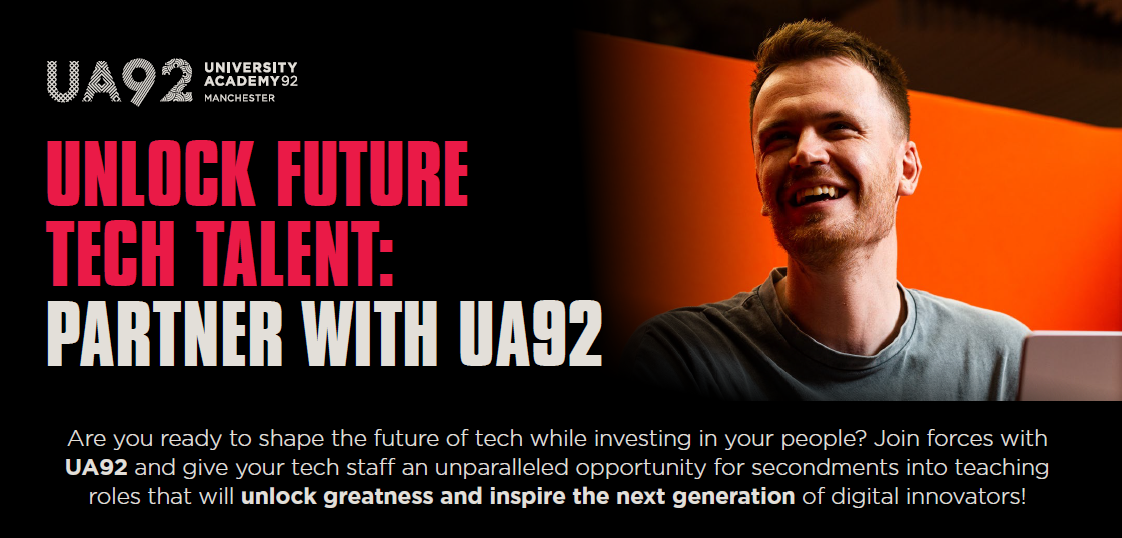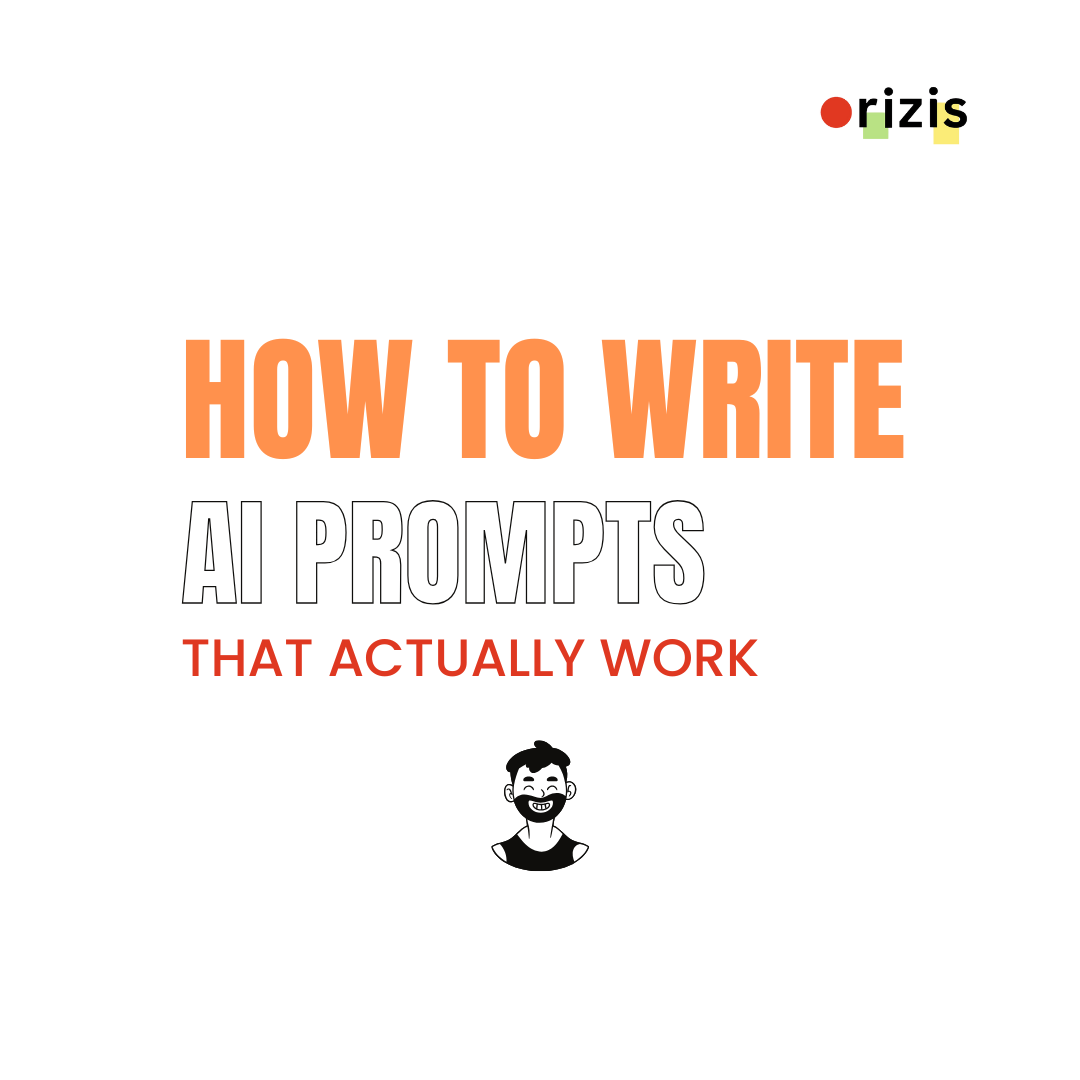
At Manchester Digital, we like to interview our members to find out a bit more about what they do and their work in the Greater Manchester digital and technology sphere. This week we're speaking with William Bentley, Managing Director at bd2.
Your bd2 approach emphasises creative and strategic thinking. Can you share an example of how this combination has led to a particularly innovative solution for a client?
Established in 1798, Boodles is an iconic British brand which designs, manufactures and retails fine jewellery through its boutiques in prestigious locations which include Harrods, The Savoy and Bond Street.
Many of their products are one-off, unique items and, as such, can only be in one place at once.
Boodles asked us how they could bring their entire repository to every store to satisfy customer enquiries for specific products. We designed ‘Silk’ as a digital catalogue initially, which integrates with their ERP [Sage X3] for live product data [location, stock, pricing]. This allows sales staff to search on any customer criteria – category, range, gemstone, metal, stone-cut, colour, clarity, carats, ring-size – with the number of search results calculated dynamically. Stock that is in that store [selected by sales staff] is shown, but where it’s in another store a transfer process allows the sales staff to courier the item. The system also shows ‘potential’ items which are being manufactured, during this process images are taken and added to the system so items can be reserved. Previously sold items are also stored, so if a customer likes a certain style they will make one to order.
Given the value and quality of the items, it was important that the interface provided an excellent user experience so that the products could be shown on-screen directly to the customer. The system includes high-resolution imagery and video, details and certification of all items along with full functionality including email details, print as PDF, add to a wishlist [which can be saved, shared or printed] and links to other items in the same collection.
The customer experience is paramount for Boodles and it quickly became apparent that having found a product on the Silk system, then processing a sale through a separate till system was awkward so we built out Silk as a full EPOS system. This allows the sales staff to access a customer account and process a sale with any payment method – cash, card and account – or combination of these bearing in mind money laundering rules. They also offer an ‘Appro’ sale which is either on approval, or effectively as a rental basis, where the item maybe returned or purchased at a future date.
As well as being a full EPOS solution, the system also provides full CRM functionality with customer records accessed through it. All the customer details, records [previous purchases including Appros], notes, statistical groups, mailing lists and touch points are all recorded in Silk. The system also manages other processes such as returns, repairs, gift vouchers and so on making it the only system the sales team use.
Your company has refined its methodologies over two decades. How do you balance established practices with staying current in the fast-paced digital industry?
This is always a challenge so we access various sources of information to try and keep abreast of the latest developments. This includes industry bodies, such as Manchester Digital, online resources, training courses and industry events. As Umbraco Gold Partners we’re active in the Umbraco community and attend their annual conference Codegarden in Denmark which is always a great source of knowledge. Over the years we’ve been very fortunate to work with several larger technology companies, which has given us fantastic insights into best practice. Of these, our work with the Hewlett Packard Enterprise DevOps team up in Newcastle, allowed us to see a large [2,000 technicians] and world-class software development program using Agile methodologies back in 2015. This allowed us to adopt Agile techniques nearly ten years ago, which we’ve been using ever since and have adapted to suit our own processes.
With a team that includes chartered designers, marketers, and certified developers, how does this diverse expertise contribute to your integrated approach to projects?
We’ve always placed a heavy emphasis on ‘best of breed’ professionals and have a team of experts who have 10, 15, 20, 25 years plus experience in their fields. We believe that this experience adds real value as there’s very little we haven’t seen before and learnt from, which is knowledge we’re happy to share with our clients. The combination of skills benefits project delivery as the communication across the process is seamless, from scoping to design, onto build and testing then digital marketing we work together to deliver projects. This ongoing collaboration also benefits our individual knowledge base across skillsets, for example it’s very valuable for developers to have an understanding of certain aspects of digital marketing, such as SEO, so they can build sites that are optimised.
User-centered design is a key focus for bd2. Could you elaborate on how you ensure the user remains at the centre of your thinking throughout the development process?
Our process starts with workshops with our team [project manager, front and back end developer] the client team and any partners to consider all aspects of the solution’s requirements. Part of this process involves creating a series of personas to allow us all to emulate users. We define the personas and their needs in the workshop and then consider the journeys they may take to meet those needs using the tried and tested post-it notes technique. We then capture and refine them and present them in our own models. Where budgets allow, we will also carry out user group workshops at each stage.
As specialists in B2B e-commerce and bespoke software solutions, what do you see as the biggest challenges and opportunities in this space for the coming year?
This is a massive question that probably needs an entire document dedicated to it, however the immediate and obvious one is Ai and how to incorporate it into e-commerce sites. The initial applications being agents to handle conversational search and customer support [although very few of the B2C customer service agents are that effective in my experience] and typically B2B queries are more involved, however simple tasks such as ‘get my latest invoice’ are useful. The transition of B2B online user experiences to more B2C style ones will continue as B2B sites become more sophisticated and user friendly, and learn from their online journeys to date. This experience is making them, specifically distributors, more comfortable in exposing their data through APIs to resellers.
Thank you William!
Learn more about bd2 here.









